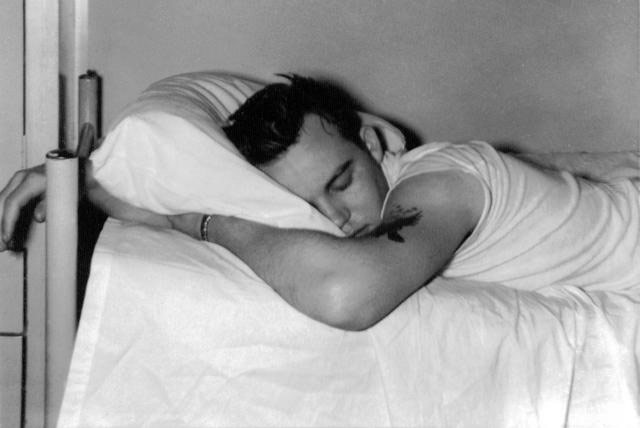Where Dreams Are Made, Really

Analyzed as portents of the future and windows to the subconscious, dreams have fascinated human beings since the dawn of recorded history. Their purpose, from a strictly cognitive point of view, remains a puzzle.
But a rare instance of dream loss in a patient with localized brain damage may pinpoint the where, if not the why, of dreaming.
The case involves a 73-year-old woman, who was admitted to the emergency room for a sudden loss of vision and weakness on the left side of her body. She had suffered a stroke that had damaged a small area in the back of her brain where visual processing is done.
Her sight returned after a couple of days, but subsequently she could no longer recall any dreams. Prior to the stroke she typically would remember three of four dreams a week.
Doctors from the University Hospital of Zurich, Switzerland, studied the woman while she slept on several occasions over a six-week period. As reported in a recent online version of the Annals of Neurology, they found that she continued to exhibit rapid eye movement (REM), which typically occurs at the same time as dreaming.
Yet, when the doctors woke the patient during REM, she still reported no dreams. All other aspects of her sleeping state were normal, and she showed no signs of disorientation or memory loss while awake.
"We know that REM is generated in the brain stem," said Jerome M. Siegel of the Brain Research Institute at the University of California, Los Angeles, so these results confirm that dreaming originates from a separate brain region.
Sign up for the Live Science daily newsletter now
Get the world’s most fascinating discoveries delivered straight to your inbox.
The woman's stroke affected the inferior lingual gyrus, which is known to be important in recognizing faces and landmarks and in dealing with emotions. The authors suggest that this area plays a key role in the dream experience.
One possibility is that REM activity acts like an internal movie, but when the processing center is damaged, "the movie is still playing, but the patient is not watching it, or forgets that they watched it," Siegel said.











